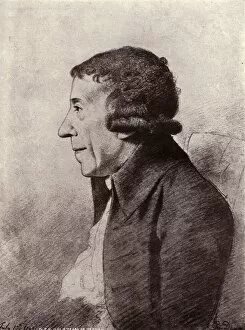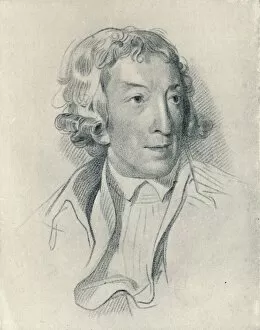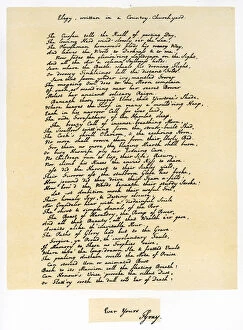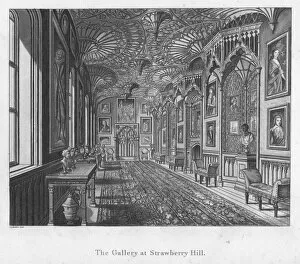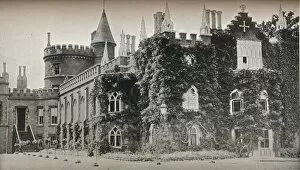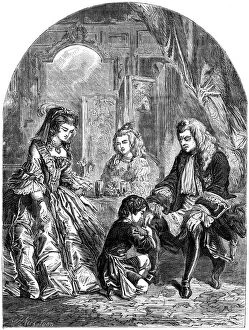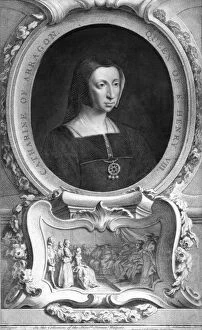Sir Horace Walpole Collection
"Sir Horace Walpole: A Multifaceted Creative Mind" Sir Horace Walpole, a prominent figure in the 18th century
For sale as Licensed Images
Choose your image, Select your licence and Download the media
"Sir Horace Walpole: A Multifaceted Creative Mind" Sir Horace Walpole, a prominent figure in the 18th century, left an indelible mark on various fields of art and literature. Born in 1717 and passing away in 1797, he was known as the Fourth Earl of Orford. His artistic endeavors ranged from painting to writing, making him a truly versatile creator. One of his notable works is "The Brand Cabinet, " created around 1743 alongside William Hallett. This piece showcases his talent for cabinet-making and design. Another masterpiece attributed to him is "The Gallery at Strawberry Hill, " dating back to approximately 1792. It exemplifies his architectural prowess and love for gothic revival style. Walpole's passion extended beyond visual arts; he also authored significant literary works such as "Anecdotes of Painting in England" (1762). Through this publication, he contributed immensely to the preservation and documentation of English art history. His influence reached even into politics, as seen through his correspondence with influential figures like Reverend Mr Cole and Thomas Chatterton. These letters shed light on his intellectual exchanges during that period while showcasing his skillful penmanship. Not only did Sir Horace Walpole excel creatively, but he also had connections with esteemed individuals like Maria Walpole (Countess Waldegrave) and King George I himself. His first interview with the king became a memorable event captured by artist J Nicholson. Strawberry Hill played a central role in Sir Horace's life—a place where creativity flourished within its walls. The estate served as inspiration for numerous artists throughout history, including Joseph Charles Barrow who depicted it in an enchanting artwork from the early 18th century. Sir Horace Walpole's legacy continues to captivate admirers worldwide due to his diverse talents encompassing painting, writing, architecture, and more.



